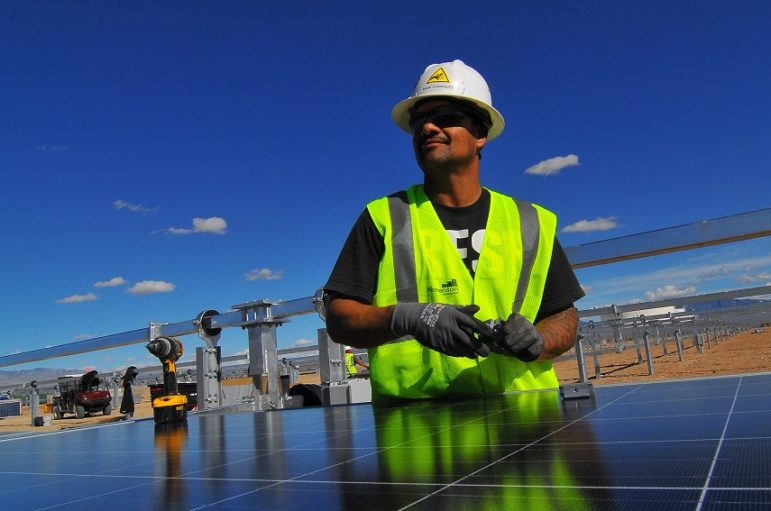
Community solar gives utility customers the chance to choose clean, local energy—no matter what kind of home or property they own or rent. In short, it levels the playing field so you don’t need to own a home with a large, sunny, south-facing roof to go solar. But as more community solar programs get off the ground, there’s still work to be done to ensure programs are designed in a way that makes solar truly accessible for people of all incomes.
Fresh Energy led development of the overarching Minnesota law that requires utilities to develop community solar programs. The policy we shaped and drove was rooted in lessons learned from other states. As Minnesota takes the next steps to shape a community solar offering specifically for low-income households and communities, Fresh Energy is going through the same process.
Check out the information below on what other states have done to expand access to solar—and stay tuned for a follow-up blog post and recommendations on how Minnesota can lead.
Maryland
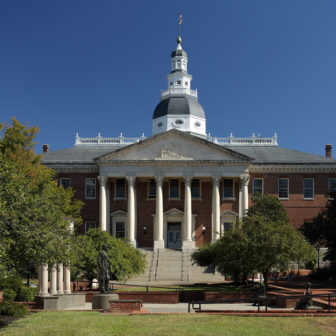 In 2015, HB1087 passed and set the stage for a community solar pilot program to march forward in late 2017.
In 2015, HB1087 passed and set the stage for a community solar pilot program to march forward in late 2017.- The pilot program has an emphasis on providing access to the benefits of solar for low- to moderate-income customers, reserving 60 megawatts of project capacity for them.
- Maryland’s pilot will allow subscribers to receive credit up to 200 percent of their annual energy usage—much higher than the typical 120 percent.
- The Commission received the last community solar garden applications from utilities in May 2017 and should be approving projects later this year.
New Hampshire
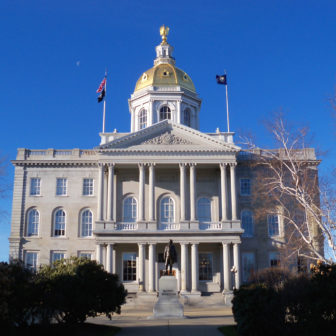 In 2017, SB129 passed, giving birth to the New Hampshire Clean Energy Jobs and Opportunity Act.
In 2017, SB129 passed, giving birth to the New Hampshire Clean Energy Jobs and Opportunity Act.- Similar to the Future Clean Energy Jobs Bill of Illinois, the bill focuses on stimulating the economy through the growth of solar jobs and savings on utility customers’ energy bills.
- The New Hampshire Renewable Energy Fund is directing 15 percent of allocated funds to the financing of low- to moderate-income projects in multifamily rental housing.
Oregon
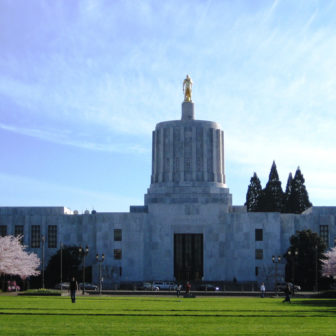 In 2016, SB1547 passed and established the foundations for utility customer participation in community solar programs.
In 2016, SB1547 passed and established the foundations for utility customer participation in community solar programs.- Operational community solar gardens in this program will have a minimum generating capacity of 25 kilowatts and will allow subscribers to offset one hundred percent of their annual energy use.
- The Commission recently published the rules for the community solar program, in which 10 percent of the total generating capacity of operational solar projects must serve low- to moderate-income customers.
Nevada
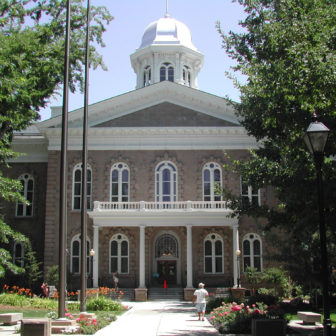 Following the failure of SB392’s passage, which would have established a statewide community solar program in 2017, AB223 passed and softened the loss.
Following the failure of SB392’s passage, which would have established a statewide community solar program in 2017, AB223 passed and softened the loss.- AB223 orders utilities to draft energy efficiency programs that allocate five percent of its resources on programs specifically for low-income customers.
- The language in the bill describes “scenarios” utilities must consider, including a mandatory plan regarding low-carbon intensity through the deployment of distributed generation—implying that utilities can still propose community solar projects
- Along with new programs in the states described above, there are several other programs being considered across the country that are not yet finalized.
North Carolina
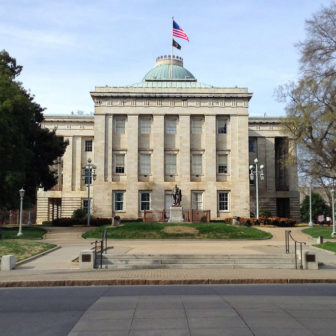 HB589 has been sent to the governor as of June 30, 2017.
HB589 has been sent to the governor as of June 30, 2017.- If approved, the bill would allow utilities to file plans for community solar energy facilities for their customers.
- An estimated 20 megawatts would be developed over the course of several years.
- The bill would also establish a solar rebate program to help finance residential projects up to 10 kilowatts.
Maine
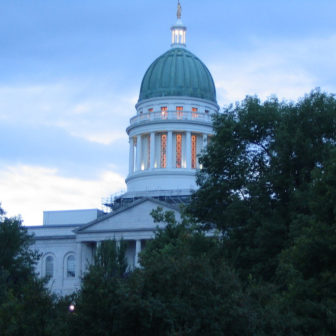 If approved, LD1444 would allow the development of 30 megawatts of large-scale community solar per year from March 2018 to January 2022—120 megawatts in total.
If approved, LD1444 would allow the development of 30 megawatts of large-scale community solar per year from March 2018 to January 2022—120 megawatts in total.- The bill keeps utility customers’ best interests in mind with rollover credits—the remaining value of credits from a subscriber’s share will carry over from month to month for 12 months.
- The Commission will continuously measure cost-to-benefits ratios to maximize overall benefits and minimize overall costs for ratepayers.
- LD1373 serves as a tentative amendment to existing net energy metering laws—it would protect customers who choose to enroll in net energy billing from any fees for doing so.
- The amendment would also establish a solar energy rebate program, with an emphasis placed on financing low- to moderate-income customers of the state.
- Additionally, the amendment would have the Efficiency Maine Trust allocate 20 percent of available funds for low- to moderate-income solar installations.
New York
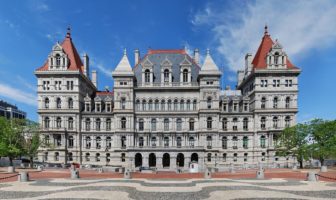 AB7917 would establish the New York Farm-to-Urban Consumer Solar Access Act of 2017.
AB7917 would establish the New York Farm-to-Urban Consumer Solar Access Act of 2017.- The bill addresses the state’s intent to expand the benefits of solar energy resources towards more diverse sets of customers.
- In particular, the bill focuses on reducing costs for multifamily housing residents and owners of agricultural lands, offering landfills and brownfields as other potential sites for community solar.

The research for this post was done by our summer policy fellow, Ramon Molina, who worked closely with senior policy associate Ben Passer. Ramon is a student at Macalester College in Saint Paul who was selected for the Chuck Green Civic Engagement Fellowship. He’s currently studying physics and mathematics, and planning to graduate in 2019. His work this summer was invaluable to our work in making solar more accessible across Minnesota. Fresh Energy is closely considering these other state models as we prepare our recommendations, to be released in August.
